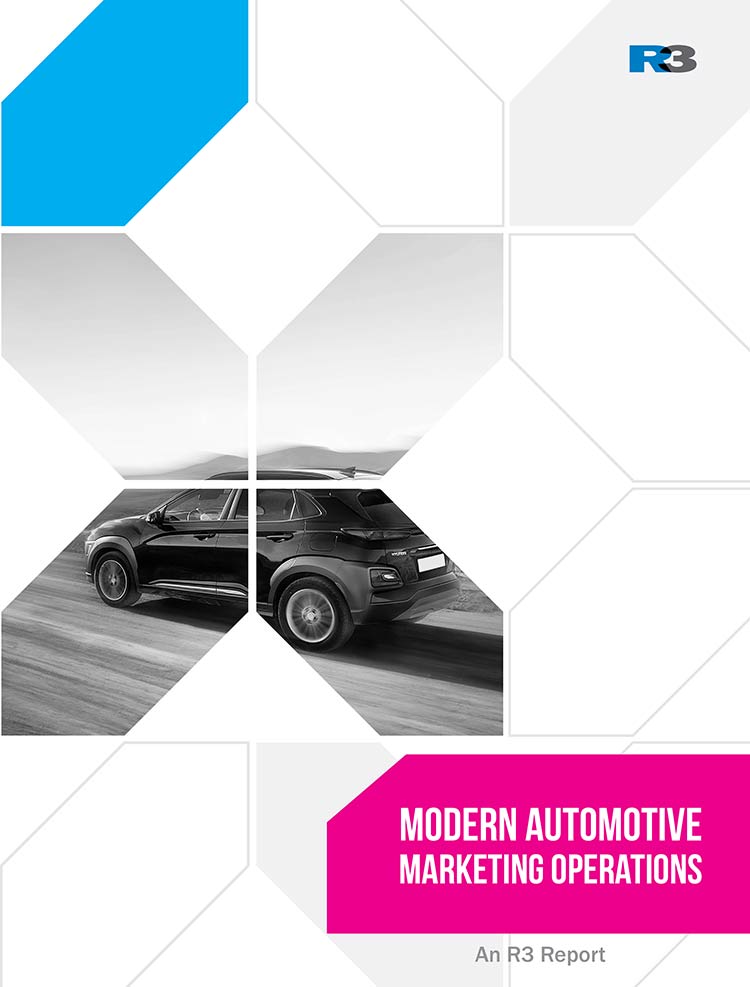Running marketing teams and agency ecosystems on legacy structures is like racing the 24 Hours of Le Mans on an old engine. Your car might be able to cover the track, but it’s not going to give you a winning, competitive advantage.
An often-neglected component in the dash to digital transformation is the design of marketing operations. It might be easier to purchase and implement the right tools, but for optimum data-driven and agile marketing, you need to have the right structure and mindset. It requires a shift from old processes that might misdirect the team away from their intent, and therefore clear paths and processes need to be mapped.
This report addresses the opportunities that present themselves to marketers when they take a second look at their operations in light of the new consumer journey, product-centric marketing, and the increasing need for specialization in an increasingly complex landscape. The examples provided in this report are meant to give readers further insight into the process and thinking that many of these companies undertook to get to where they are today.
“Marketing teams that are designed around customer and employee experience have the ability to drive cost reduction, specifically in the context of time, resource, and number of assets required to support the overall buyer experience.”
Featured in this R3 report:
- The digital customer journey
- Optimizing customer experience and employee experience
- Ensuring the ROI of digital innovation units
- Component business model thinking
- Case studies from Nissan, Porsche, and CarMax

